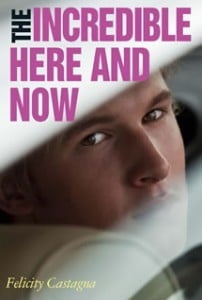 Michael is a typical school boy living in the suburbs of Western Sydney. For him, life has a rhythm and routine which is closely bonded to his older brother’s. That is until tragedy strikes, and he decides that:
Michael is a typical school boy living in the suburbs of Western Sydney. For him, life has a rhythm and routine which is closely bonded to his older brother’s. That is until tragedy strikes, and he decides that:
‘my life isn’t my life any more: It is like a movie, it’s the place where I enter the scene again and again and everything is different.’
From the time that Michael regains consciousness after the accident, his thoughts are fragmented. Indeed the nature of Felicity Castagna’s book, ‘the Incredible Here and Now’, is that it, too, is a whole story slowly pieced together. Gradually, chapters reveal little insights into the lives of people in Michael’s world, as the picture develops describing his life with family, school and his mates, and how life can suddenly become distorted and troubled.
Without his older brother, Dom, the form of Michael’s life has changed. At home, his mother grieves and (has) ‘slipped out of our lives’. His father, though acting calm and together, ‘walks (him) to school for the first time since I was 10’. In his own way, Michael disconnects from school and other aspects of his old life. He constantly wonders ‘how can someone be there one day and not the next?’
However, ‘the Incredible Here and Now’ is not a sombre tale, but a thoughtful one. As a coming-of-age story, we are taken through the neighbourhood streets where Michael is growing up and dealing with the first throes of love and conflict. Through his eyes, the tapestry of different immigrant lives are illustrated; with their particular features and foibles. Teenage lives are interconnected not only through school, but through sport and other hangouts.
Castagna’s little vignettes capture many different things about Michael’s family, friends and acquaintances. For most people around him, life goes on as before – but how can things remain the same when someone important is lost from your life. Castagna also captures the differing cultures which permeate Michael’s life, and the unique mix of his neighbourhood. This will provide some ‘aha’ moments to those readers who can identify with some of the locations described, and an interesting insight to others from different social backgrounds.
Teen readers will also love the short chapters which collect the thoughts of Michael fairly concisely. As he dips in and out, his thoughts seem somewhat fragmented but are also part of the whole – as he attempts to deal with his now fragmented world.
The Incredible Here and Now does not tell us how to deal with the loss of a family member. Neither does it come up with a solution to everyday teenaged angst. What it does is provide great realistic fiction which should appeal to many teenage boys; they could easily identify parts of themselves in many of the characters, and the situations in which they act.
In Felicity’s words, The Incredible Here and Now:
… is about being an absolute insider in a place you know as well as the back of your own hand. It’s a young adult’s novel told through the eyes of Michael whose life changes dramatically in the summer he turns 15. Michael knows everything about the community he lives in and through his stories, he lets the reader in; to the unsettled lives of his family members, the friends he meets in the McDonalds parking lot at night, the swimming pool where he meets the one girl who will acknowledge he’s alive and the classmates who spend their mornings drooling at the Coke Factory on their walk to school. (Source: the NSW Writers Centre, Felicity Castagna Talks Writing a Sense of Place, http://www.nswwc.org.au/2013/05/felicity-castagna-talks-writing-a-sense-of-place/)
# The Incredible Here and Now was shortlisted for this year’s CBCA awards, and the NSW Premier’s Literary Awards 2014 – and is Felicity’s first novel.
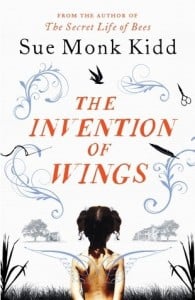

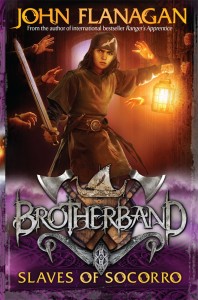



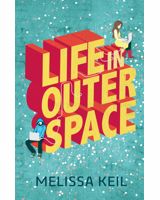
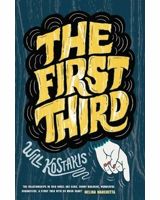
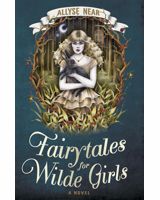

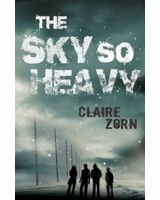
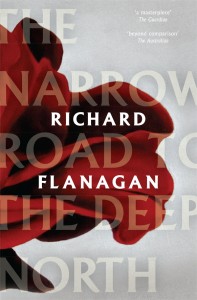
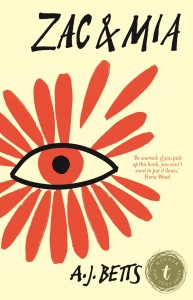
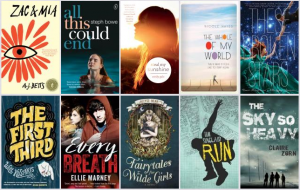
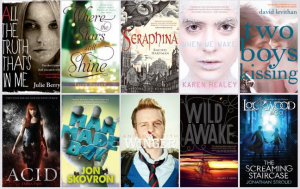
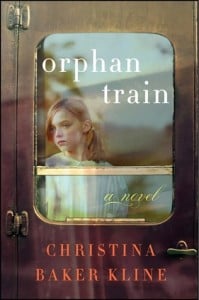 Sometimes we learn things from books which we never knew about. For me, I had never heard of the concept of ‘orphan trains’ until I read the book ‘Orphan Train’ by Christina Baker Kline.
Sometimes we learn things from books which we never knew about. For me, I had never heard of the concept of ‘orphan trains’ until I read the book ‘Orphan Train’ by Christina Baker Kline.